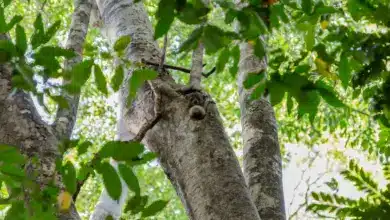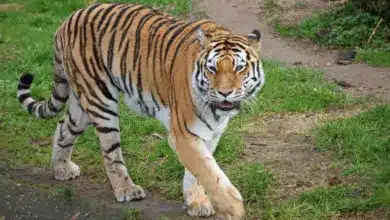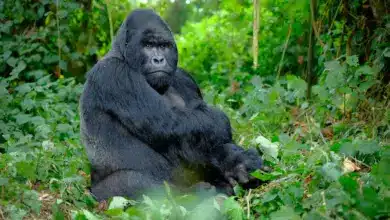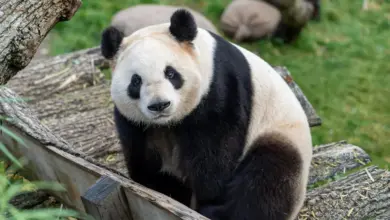Like all states, California is home to many species of animals that are listed and protected under the U.S. Endangered Species Act (ESA). Also like other states, California maintains its own list of Endangered and Threatened species.
[ez-toc]
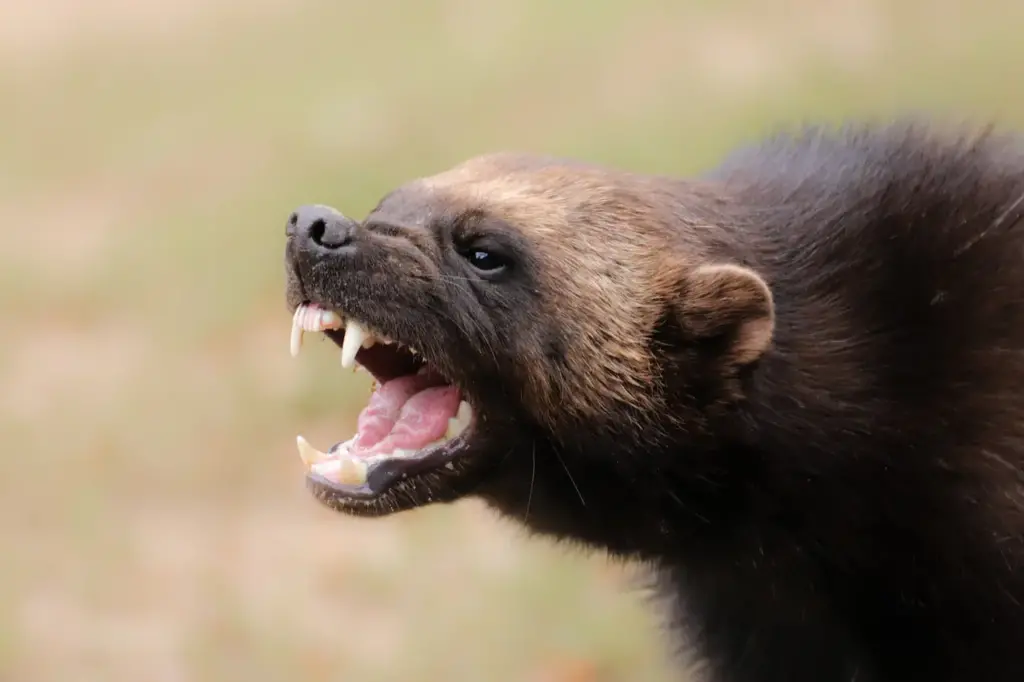
A total of 157 California animals are on either the state list of endangered species, the federal list of endangered species, or both lists at once. As of January 2011, the state endangered species list contained 46 animals that were listed as Endangered, and 35 animals that were listed as Threatened. California animals protected under the federal ESA include 88 Endangered animals and 40 animals that are officially Threatened.
31 California animals are listed only by the state as endangered or threatened, and there are 71 animals that are listed only by the federal government as endangered or threatened. A total of 55 endangered or threatened species are listed by both the state and federal governments.
California animals occupying spots on one or both endangered species lists include 3 gastropods—snails and abalones—and 8 crustaceans, 7 of which are shrimp species, and one of which is a crayfish. There are more than 20 endangered and threatened insects, most of which are butterflies, with most of the remainder consisting of moths and beetles.
There are 37 endangered and threatened fish species in California, including many of the state’s native trout and salmon. Some listed fishes are the California coastal chinook salmon, three subspecies of coho, or silver, salmon, the Little Kern golden trout, and the Lahontan cutthroat trout.
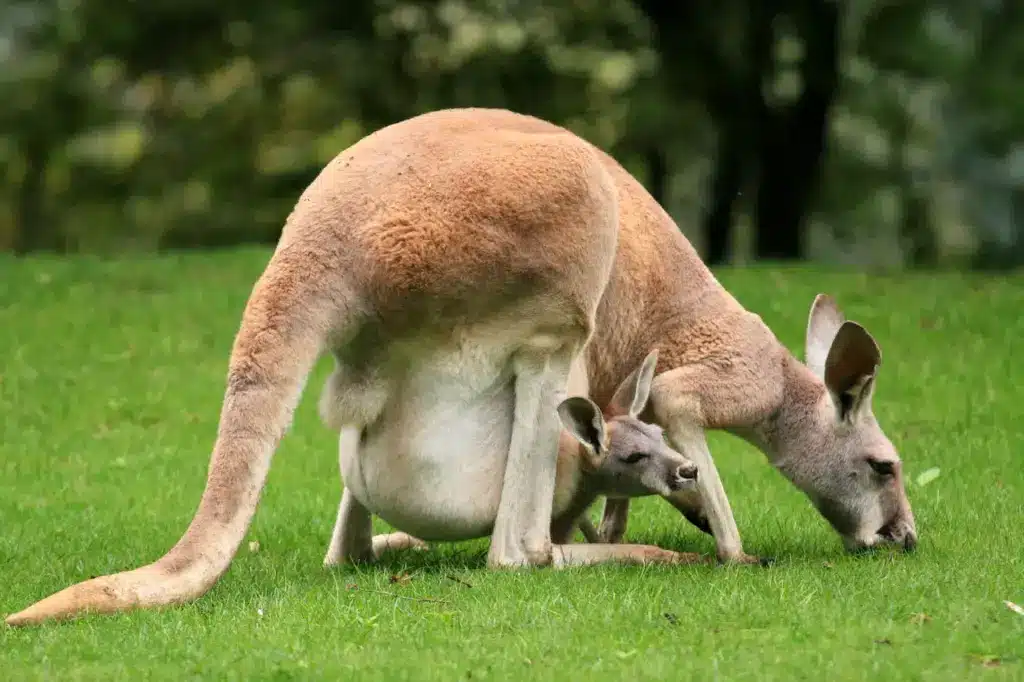
The two endangered species lists also include 16 amphibians, 11 of which are salamanders. The California red-legged frog and two species of Mountain yellow-legged frog hold spots on the list, as do the black toad and the arroyo toad.
There are 14 reptiles, 35 birds, and 38 mammals on one or both of the endangered species lists. A bird that is one of the “poster children” for endangered species worldwide, the California condor, is listed as endangered on both the federal and state lists. The list of endangered and threatened mammals includes the wolverine (pictured above), 7 foxes, 6 species of kangaroo rat, 2 bighorn sheep species, and many species of whale
